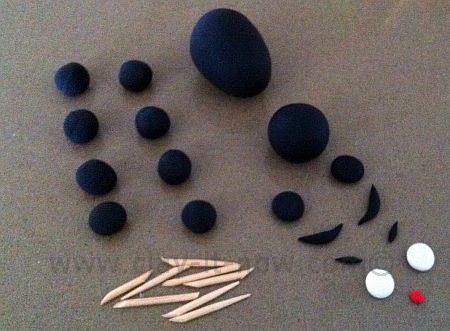
creatures/urban/spiders/giant_crab_spider.htm Common name: Pantropical huntsman spider. Antioxidant, analgesic and anti-inflammatory effects of lavender essential oil. You can learn more about how we ensure our content is accurate and current by reading our editorial policy. Healthline has strict sourcing guidelines and relies on peer-reviewed studies, academic research institutions, and medical associations. hyperbaric oxygen therapy, to help speed up wound healing.However, injecting corticosteroids into the spider bite or using a corticosteroid cream isn’t recommended and may make injuries worse. corticosteroids, to help reduce inflammation.nonsteroidal anti-inflammatory drugs (NSAIDs), such as ibuprofen (Advil, Motrin) or aspirin, to help reduce inflammation and pain.colchicine (Colcrys, Mitagare), to help reduce swelling and pain.diphenhydramine ( Benadryl), to help relieve itching or allergic reactions.
 topical or narcotic pain relievers, to help with pain and muscle spasms. Treatments to help relieve pain and inflammation include: dapsone (Aczone) or other antibiotics, to fight bacteria from a brown recluse spider. antibiotics, to treat or prevent secondary bacterial infections. Treatments that may help if you’re bitten by a venomous spider include: the amount of time that’s passed between bite and treatment. The following are some of the treatments you might expect to receive, depending on: triple antibiotic ointment to discourage infection or if you’re blistering. antihistamine or hydrocortisone cream to help with itching. Before covering the bite, consider using an over-the-counter (OTC) medicated cream, such as: You may find a cold compress or an ice pack soothing and can apply a bandage to protect the wound. When you discover a mild spider bite, first wash the area with soap and water to clear away any venom, dirt, or bacteria that could enter your bloodstream through the puncture wound. yellow sac spider (all of North America). tarantula (Southern and Southwestern United States). orb weaving spider (United States and Canada). jumping spider (California, Florida, Texas, and Canada). huntsman spider (found primarily in warmer states). hobo spider (Pacific Northwestern United States). funnel web weaver spider (grass spider) (United States and Canada). cellar spider (daddy longlegs) (United States and Canada). brown widow spider (found in the Southern and Western United States).
topical or narcotic pain relievers, to help with pain and muscle spasms. Treatments to help relieve pain and inflammation include: dapsone (Aczone) or other antibiotics, to fight bacteria from a brown recluse spider. antibiotics, to treat or prevent secondary bacterial infections. Treatments that may help if you’re bitten by a venomous spider include: the amount of time that’s passed between bite and treatment. The following are some of the treatments you might expect to receive, depending on: triple antibiotic ointment to discourage infection or if you’re blistering. antihistamine or hydrocortisone cream to help with itching. Before covering the bite, consider using an over-the-counter (OTC) medicated cream, such as: You may find a cold compress or an ice pack soothing and can apply a bandage to protect the wound. When you discover a mild spider bite, first wash the area with soap and water to clear away any venom, dirt, or bacteria that could enter your bloodstream through the puncture wound. yellow sac spider (all of North America). tarantula (Southern and Southwestern United States). orb weaving spider (United States and Canada). jumping spider (California, Florida, Texas, and Canada). huntsman spider (found primarily in warmer states). hobo spider (Pacific Northwestern United States). funnel web weaver spider (grass spider) (United States and Canada). cellar spider (daddy longlegs) (United States and Canada). brown widow spider (found in the Southern and Western United States). 

While these spiders may have venom that they use to attack their prey, the venom poses little to no risks to humans.īites from the following spiders are unlikely to cause more than minor irritation, unless you’re allergic: If you’re bitten by a species of spider with less toxic venom, home remedies for spider bites can minimize pain and discomfort, and speed up healing.įor more severe spider bite reactions, you can use these same remedies after you’ve been medically treated.īe sure to talk with a doctor first.







 0 kommentar(er)
0 kommentar(er)
